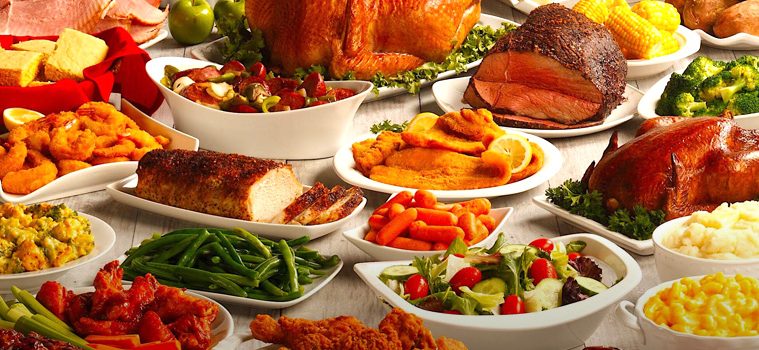Food Glorious Food? –
November 6, 2019 – Nobody has to score Hershey’s kisses on the street. Nobody has to smuggle Pringles across the country hidden in the wheel well of a car … But that doesn’t mean that the life-sustaining substances we come into the world loving and couldn’t survive without—the sugars and salts and fats and proteins, the fruits and vegetables and breads and meats—can’t get us into every bit as much danger as the deadly, often illegal substances that cause so much suffering.
You can eat compulsively just as you can smoke or drink or do drugs compulsively. And in all those cases, compulsions can become full-blown addictions, as repeated exposure plays the pleasure centers in the brain, creating a feedback loop of craving, indulging, consuming, regretting—and doing it all over the next day and the next. Some numbers suggest that food may be as addictive as drugs, and in some cases more so. About 30% of people who try heroin become addicts; the same goes for about 16% of cocaine users. One study published in Frontiers in Psychology found that, when the definition of addiction is explained to obese or overweight subjects, up to 29% of them describe themselves as addicted to food. That takes its toll: more than 40% of Americans who are obese and the overall 71.6% who are overweight—which suggests at the very least an unhealthy dependency on food is common in the U.S. In some ways, of course, food is more insidious than drugs, because there’s no such thing as abstinence, no such thing as never starting in the first place, no such thing as being able to say, “Food? Never touch the stuff.” You eat because you’ll die if you don’t, so you spend your life in a sort of nutritional two-step—a little but not too much; go overboard today, cut back tomorrow; eat the good stuff but never the junk. Sometimes you succeed at all of that, and other times you fail terribly; we all do. The more we learn about how the brain and palate and metabolism process food, the more we’re realizing that a lot of this is not our fault.



